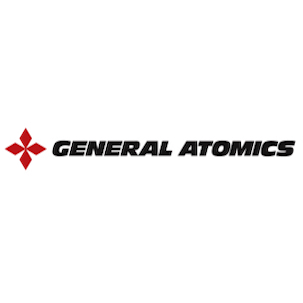Assessment of the Burning-Plasma Operational Space in ITER by Using a Control-Oriented SOLPS Parameterized Core-Edge Model
V. Graber, E. Schuster
29th IAEA Fusion Energy Conference
London, UK, October 16-21, 2023
|
Abstract
|

|
For ITER operations, the range of desirable burning-plasma regimes with high fusion power output will be restricted
by various operational constraints. These constraints include the saturation of ITER’s heating and fueling actuators such
as the neutral beam injectors, the ion and electron cyclotron heating systems, the gas puffing system, and the deuterium-
tritium pellet injectors. Furthermore, the tritium concentration in the fueling lines could drift below its nominal value during
long pulses. This could prevent the burning plasma’s tritium content from being sufficiently replenished. In addition to
these actuator constraints, the H-mode power threshold, divertor detachment, and the heat load on the divertor targets apply
limitations to ITER’s operational space. In this work, Plasma Operation Contour (POPCON) plots that map the aforementioned
constraints to temperature-density space are used to investigate which constraints are most limiting towards accessing regimes
with high fusion power output. The presented POPCON plots are based on a control-oriented core-edge model that couples
the nonlinear density and energy response models for the core-plasma region with parameterized scalings for the edge-plasma
regions (scrape-off-layer and divertor). These scalings were generated by parameterizing SOLPS simulation results of ITER
with a tungsten divertor and impurity seeding (neon or nitrogen) in terms of the following core-plasma and actuator inputs:
outflows of power and particles from the core-plasma region, the separatrix impurity concentration, the pumping speed, and
the gas fueling rate. The output of these scalings include the influx particle from the edge-plasma region to the core-plasma
region, the ion and electron separatrix temperatures, whether the divertor is in the detached regime, and the heat load on
the divertor targets. With this control-oriented core-edge model, nonlinear burn controllers can be designed to meet burn
control objectives in the core-plasma region while maintaining divertor detachment and safe heat loads on the divertor targets.
Open-loop simulations illustrate the potential of the core-edge plasma model for burn control objectives.








